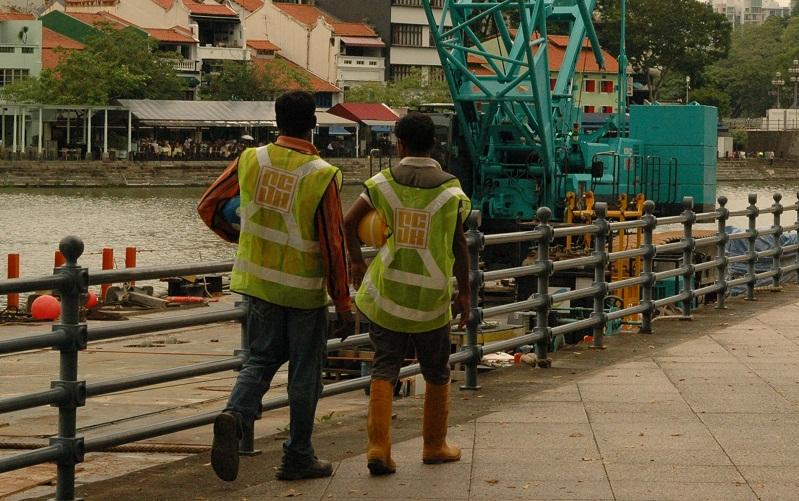
Foreign worker policies spur short-term pains for food, retail, and rentals
The dependency ratio ceiling for foreign workers will be cut from 40% to 35%.
Keeping with Singapore’s tightening stance on immigration policies, finance minister Heng Swee Keat announced in his Budget 2019 speech the tightening of foreign worker quotas in the services sector as well as a two-step reduction of Dependency Ratio Ceiling (DRC) and S Pass sub-DRC from 40% and 15% to 35% and 10%, respectively, from 2021 onwards.
This didn’t come as a surprise to analysts, which have observed that the government’s call for a firmer foreign worker policy is motivated by economic restructuring amidst a moderating GDP growth. Morgan Stanley economist Zac Su commented, “Our view has always been that we are unlikely to see any easing up of the curbs on low-skilled foreign workers, given that the aggressive immigration policies before the 2008/2009 Global Financial Crisis had come with the side effects of supply-side bottlenecks, asset price inflation, and political ramifications.”
The services sector has been the key driver of net employment adds over the last three years, according to Jefferies Singapore. S-Pass and work permit holders have risen 3% annually over the period versus 0.6% annual growth for the total labour force. S-Pass holders have a minimum monthly salary of $2,300, whilst the median basic wages for the overall service sector ex-financial services for the non-managerial grade is at the range of $2,000- $4,000.
To help companies cope with the tighter policies, the government has extended the Enterprise Development Grant (EDG) and Production Solutions Grant (PSG) and deferred the planned increase in foreign worker levy for the marine shipyard and process sector.
CGS-CIMB analyst Lim Siew Khee added, “The headline is slightly negative but we expect this to be cushioned by the extension (to March 2021) of the automation support grant (encouraging companies to embark on large-scale automation projects). For instance, funding support of up to 50% of qualifying costs for the rollout of scaling up automation projects capped at $1m, 100% investment allowance for capex capped at $10m, and risk sharing for equipment financing loans.”
This could benefit food service and retailers in the long term if they choose to implement technology to replace foreign manpower or other staff productivity initiatives, said DBS Equity Research analyst Alfie Yeo. “Companies could otherwise see slightly higher staff costs if they choose to hire more Singaporeans to directly replace reduced foreign manpower.”
Maybank Kim Eng analyst Chua Hak Bin added that retail and food & beverage (F&B) will be impacted as these two sectors remain very labour-intensive.
The effects of foreign worker curbs will not be felt in just the employment sector. Jefferies Singapore equity analyst Krishna Guha argued that whilst a reduction in foreign workers will not affect private property demand, there will be temporary effects on rentals.
Given the salary range of foreign workers, Guha said, “For obvious reasons, the foreign workforce in that pool does not constitute private property demand. That said, we do think there will be a negative impact on rental demand especially for rooms/dormitories/ smaller units, but the demand from en bloc should more or less help to mitigate the impact.”
“We also note the DRC, as well as the foreign worker levy for the construction sector, remains unchanged. This should ease margin concerns for developers,” Guha said.
However, RHB Research analyst Shekhar Jaiswal noted that Singapore’s foreign population has been on a decline over the last two years after growing at nearly 7% per annum in the ten years prior to that. As a result, overall population growth has slowed down to 0.9% pa during 2013-2018, compared to 2.2% pa during 2008-2013.
Jaiswal argued, “The slower population growth is likely to cap property price appreciation in future and we expect a modest 0-2% increase in Urban Redevelopment Authority’s (URA) private property index for 2019.”
























 Advertise
Advertise










